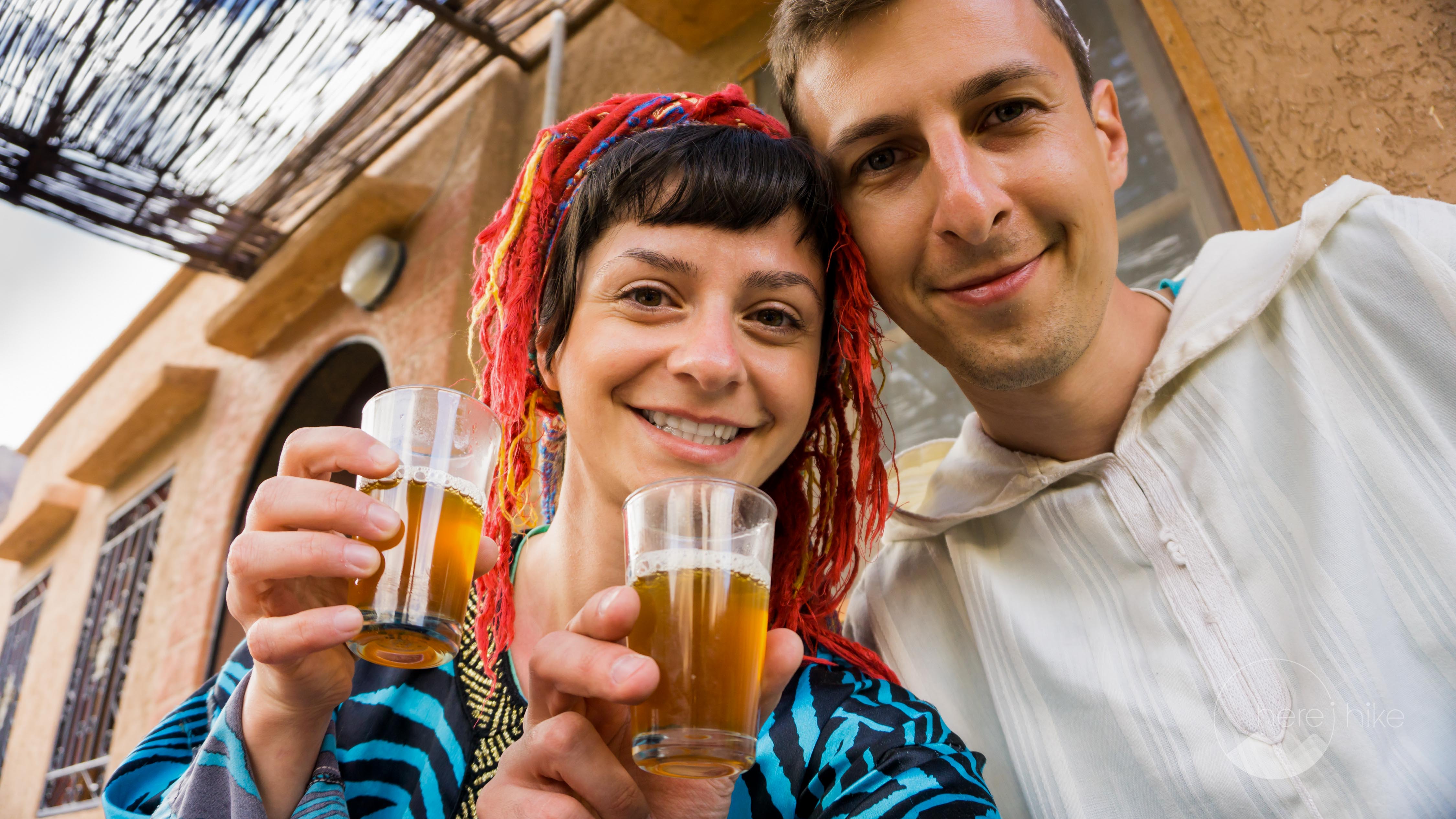
17 Aug Morocco: The Cultural Experience – Marakkesh, Chefchaouen, Moroccan Cuisine and the Berber People
We’ll start the story of Morocco with its cultural experience, going from the inside to the outside, from the perspective of the people that build up this place just as we have heard it from our devoted guide Sorin during our stay at a traditional Berber family. We will try to relate at least a bit of what we have understood about Muslim values, about how they see the world and how they guide their way in it.
Beauty comes from the inside
Culturally, Morocco doesn’t go unnoticed
We must tell you that this whole “accepting the other’s way of thinking” takes a bit of practice, especially when the other’s set of values is sometimes totally different than yours. We were telling you, in our other post, how different we Europeans and North Americans are from the rest of the planet; how obvious the differences can be when you change the continent and go to a new place.
The Muslim society builds itself on the idea of keeping true beauty on the inside, hidden away form foreign eyes, that not only lack the capacity to internalize all of its values, but also have the capacity to somewhat disturb its balance. When we say foreign, we’re talking about the degree of familiarity between people, family or friend circles and not about one person’s place of origin.
Morocco reflects these values in traditional clothing, attitude and even architecture. Of course we don’t want to touch sensitive subjects such as women’s status in Muslim society, but we would rather give you a way of looking at things that might make you a little less critical.
It is really important to know what is nice, good or at least socially acceptable when you visit someone’s home. During our stay we learned little by little about these people. At first sight Moroccans are either extremely benevolent, when it comes to making money, or extremely shy when noticing the tourist’s cameras. We already knew that they don’t like for their photograph to be taken and even if they will allow it you will be charged an amount of money. This was something we weren’t accustomed to. We had to shoot our pictures on the go, exercising our photo-journalist skills, so that people wouldn’t notice us. We had no other feasible way.
People are really reserved and sometimes have a slightly aggressive attitude when they see you holding a camera aimed at them. You will either take a fast shot and hope they don’t notice you or you refrain from doing it altogether. Ohhh… and obviously you will not take photos of police or army personnel as they might give you a short ‘free accommodation place‘. Morocco is an excellent place for portraits – the people, the colors and the backgrounds come to life in combinations that resemble ‘National Geographic‘ but all of this will come at a price.
We didn’t really understand if this attitude towards photos has any religious foundation or if it is only a mental pattern that has not adapted in regards to modern trends. Things change radically when you get to actually know a person and manage to get past his protective barrier that he built around him.
Guests at a traditional Berber family
The tea ritual, homemade bread, the overall feeling. Before we ventured out to Toubkal peak we spent an evening and a night in the home of a traditional Berber family at the footsteps of the mountain.
We’ll make a small side note for some information about Berber people. The Berbers are North Africa’s indigenous population. Even though they speak Arabic, a language that they adopted together with the Islamic religion, their main language remains Berber. These two are the official languages in Morocco even though you might think French is the second one. Most people speak French but it is not an official language.
But wait there’s more: even though Berber is spoken on a large scale it is not known in writing by most people. To complicate things even more the Berber tongue comes in four dialects out of which two can’t understand the other two. How about that? The interesting part is the initiative of the present king to make a single Berber language, known across Morocco and that would be also learned in schools (spoken and written) by everybody.
Now that we know that Berbers are not Barbarians (a common confusion) lets return to our hosts. Traditional Berber homes have an interesting structure. They have several floors and reflect in a certain way the hospitality and the mind of man. On the first floor you can find the animals, on the second one the family quarters and on the next the guest rooms. It is not at all unusual for the guest rooms to be more comfortable and nicer than the family rooms and we think this tells you a lot about the hospitably of these people.
Talking about guests, a fascinating custom is the tea ritual that is offered every time someone comes in for a visit and it is not something you can refuse. Tradition implies that whenever a guest comes to your house you are responsible for preparing the tea.
Preparing the tea is something more than just to boil water and to pour it over some tea leaves. It is a long process with some well-marked stages. Traditional Moroccan tea is green tea with mint and a lot… really a lot of sugar. So much you might think it is impossible. We usually don’t drink sugar with our tea back at home but we think we had our fill of it for one year at least.
Our hosts had a pleasant surprise planned for us. We were dressed up in traditional Berber clothing and were invited to a practical training session.
Karina learned how to make traditional bread… the ingredients, churning, proving and baking it in a clay oven. It was great, she felt like a true anthropologist! It is a fantastic feeling to discover all these customs at first hand and to also closely experience them. We must say that Solaris Travels does an excellent job with such surprises! Keep up the good work guys!
Alex took over the host role and was initiated in the tea ritual. We also had a funny moment when Alex did a small mess of things as he kept the tea pot in his right hand while filling it with mint with his left. We were telling you before that it is good to know what is generally acceptable and what is not in different cultures. Hmm… well… Muslims don’t eat using their left hand, they don’t touch food with the left hand because… you know… the left hand is used for some other things that don’t smell so good. When Alex found out it was priceless!
All in all it was a great evening during which we took part in an experience that will remain in our souls a long, long time.
Architecture always reflects the mental structure
An interesting fact in Morocco: everything is brownish or reddish.The buildings and the surrounding grounds – everything is covered in warm earthy colors. We couldn’t decide if this was boring or if we liked this lack of diversity but one thing was clear – it brought a state of inner calm. Maybe there is something more than meets the eye… or maybe it is just the easiest and cheapest way to decorate.
Karina remembered an university course of her’s: Anthropology of Living Spaces where she studied how the surrounding living space can shape your mind and way of thinking. There is a big difference of thinking between a tribe of men living in dense jungles and a tribe of men living on the open planes. Stepping out of the forest and into the open fields is similar to entering a new world and this creates a comfort zone where the sky is the limit. In contrast living in cramped enclosed spaces will give you the feeling of suffocation, of an obstacle you cannot overcome, a shield you can’t pass.
Back to Morocco, we have noticed here a pattern between the surrounding architecture and the way people see the world.
From an architectural point of view, Riads outline this feature the best. From the outside these buildings look pretty dull and look like they have nothing of value to show. One of our last stops in Morocco was the city of Fez. We had about 4 hours time to visit and grab something to eat. If time is limited you will have a hard time navigating through the souk labyrinth in order to find what you are looking for.
We decided as a group that before our flight we don’t want to risk food poisoning by eating from the market so with the help of a local guide we found a fantastic restaurant. On the outside the building had nothing to offer and didn’t stand out in any way but on the inside we found a fairy tale like Riad. An interesting mix of perfumes, flowers, stairs, silks, pictures, paintings and murals accompanied us to the rooftop garden that gave us a view of the entire medina.
It was just like we had forgotten about thirst and hunger and found comfort in immortalizing through pictures everything we saw. The joy of the modern man so to say. And the food was absolutely great… 10 times more expensive than what we would have paid in the souk but still a lot cheaper than what we would have paid for something similar in Europe.
Food love
Moroccan Cuisine
All is fine and dandy but if a man is hungry only food will calm him down. At first we were fascinated by Moroccan cuisine because it is really tasty but then, coming to the trip’s end, we were thinking it would be great to eat something else also… not because the food was bad but because you get tired of eating the same menu everywhere you go.
Generally speaking you have two main dishes: either couscous, either tajine. Both are really good. The couscous is made out of different vegetables with dates and raisins.
Tajine – this is actually the name of the pot used to cook this dish. It is a clay pot made out of two pieces, a bottom plate and a conical lid. Tajine can include any combination of vegetables and spices (obviously may include meat also) – but the most common are: potatoes, carrots, pumpkins, chickpeas, raisins, onions and herbs.
Enjoy the olives as they are particularly tasty and healthy! The Moroccan Salad is a sort of salad made with cucumbers, tomatoes, peppers, parsley, lentils, bell peppers, eggplants, bread with olive oil and many flavored jams.
Tips about Moroccan food
- Morocco is not the ideal place to go all in on meat products. For us as vegetarians the food was perfectly fine. Jokes aside, just take a look in souks how meat is stored and we think your appetite will leave and shift rapidly towards vegetables.
- Drink only bottled water. Even though locals drink tap or spring water you must take into account that there are bacteria that our bodies are not accustomed to and the result might be… ‘explosive’.
- It is mandatory to try out some fresh orange juice! You can find it everywhere, it is made 100% out of fresh oranges without extra water and it is really tasty.
- Get ready for sweet stuff as Morocco is a country with many people suffering of diabetes and with good reason. We met a man that was consuming on a daily basis 250g of raw sugar only from the tea he drank. Wow!
People and places
Marrakesh
Marrakesh. Probably the most emblematic city of Morocco and also one of the first we have visited. Thumbs up to the great welcoming that was organized for us when we reached this country. Nothing to fancy but it is the little details that work the charm! When we got of the plane our driver was waiting for us with cold bottles of water and traditional Moroccan cookies and then at the hotel they gave us a welcoming round of traditional Moroccan mint tea.
When we reached Morocco one of the first things we have noticed was the air. Even though the forecast was above 30 degrees Celsius the air was somewhat cool. It was similar to mountain air that blows cold even though it is a hot day. It was a strange feeling for us but really enjoyable.
The second thing we noticed was the traffic. What a mess! We felt like scared chicken on the streets of Morocco. These people are “maniacs” on the roads. Speeding, traffic sign violation, optional traffic lights and there are all kinds of vehicles that you need to keep an eye out for: horse carts, bicycles, motorbikes, mopeds, some hybrid motorbike-van thing, cars, buses, coaches… you name it. Even if there is a green light for pedestrians you have a low chance of crossing because most don’t respect them. Even if cars stop, the bikes and moped will keep on going zig-zaging their way between pedestrians. With all this we didn’t saw a single accident on the roads during our visit. Nevertheless you need some spiritual atonement for this encounter!
And now the BAZAAR (souk)! Of course we had to visit the trading district. As we mentioned in other past stories we are not really attracted by crowded and necessarily popular place but there are some you can’t miss. Far too emblematic to simply pass by and not take a peak. So we began our nice tour of “window shopping”.
There were so many charming things, spices, smells, faces, cats, gold, glittering stuff, smoke and racket that combined gave this place an unique feeling.
The souk is a world of its own. It is there that friendships are forged, friends are reconnected, it is a place where you go to chat, to laugh, to earn, to shop. Probably it is more than a job or a place where you go to buy things as everything is more inner tied than what meets the eye.
A bizarre thing is that during the day the main square is completely deserted and only when the night comes it gets full of different merchants selling food and all sorts of entertainers trying to make some money.
All in all Marakkesh is definitely worth your time. We didn’t nearly had enough time to understand and visit all what the city had to offer but who knows, maybe one day!
We reserved this for the end but it was a really nice surprise we discovered: Jardin Majorelle. Long story short, Jacques Majorelle was a french painter that started building this botanical garden over 40 years with plants he brought back from all around the world during his travels. Later the garden is bought by Yves Saint Laurent and Pierre Bergé and is brought back to life and saved from the ever rising real estate market. They also open it up to the public.
The place is fantastic. A cool oasis full of shade, animated by the most colorful and vivid plants that are home to a large amount of birds. It was hard for us to leave this place. If we could we would build such a garden in all towns!
So, Marakkesh – Jardin Majorelle. You got it, right?
Chefchaouen
Last spot, but as the French would say: la pièce de résistance, is reserved for Chefchaouen – the blue pearl of Morocco. The city is located at the foothills of the Rif mountains and it is totally different from what we had seen in Morocco up to that point. Until now we got used to the earthy color pallet of the buildings, the lack of vegetation and the sheer emptiness of this country. Here things got to be totally different, just like it would be unnatural for Morocco.
The Rif mountains are kind to flora and vegetation, providing lots of rain and the city is… BLUE!
After the desert with its dry and dusty air we were rejoiced to find humidity, warn rain and green plants here.
It is no wonder that Chefchaouen is one of the most touristic places in Morocco. Not everybody is visiting for the above reasons, some come here for the abundance of hashish that you can find once every two meters. The city is well known for its freedom in such regards and even though it is still illegal the authorities tolerate this practice as it brings a big income increase of the local earnings.
What ever your reason is do include Chefchaouen in your itinerary because it is a beautiful place with a great architectural style.
It is something out of the ordinary. We saw it in bright sunny conditions but also with lots of rain and it was a real treat.
It is the kind of place where you simply want to take shots of everything, every corner is more blue than the previous, every angle has a different story.
Recommendations, TO DO list:
- It is an ideal place for souvenirs and hand made products. Karina couldn’t help herself and bought a leather bag that can be used as a backpack, a normal bag or a fanny-pack. Pretty awesome and pretty cheap. Furthermore you can negotiate the prices, if you have the skill!
- Go on a small hike to Jemaa Bouzafar mosque on the nearby hill. If you time it for sunset you will have a great view over the city and the hike is pretty easy.
- You can go on longer hikes in the Rif mountains but this involves more time. It depends on how long you plan to visit.
- Get lost on the narrow streets of the city! It is a real maze full of stairs, corners and flower pots. 🙂
- We are sure you can find in the city a hammam bath that we warmly recommend if you have the time.
It seems that slowly we reached the end of the post. Not because we ran out of thing to tell you but because we wanted to keep a few elements of surprise and to tickle you sense of adventure. With all our heart we recommend Solaris Travels for the experience! Ask them about next years expedition in Morocco 🙂
This is all regarding our city-break part in Morocco, but stay tuned for the stories about the desert and about the mountains!
Other great adventures
-
Morocco: The Desert Experience – Sahara on Camel Back and the Tuareg
So we have reached the part which is, probably, the most enigmatic in Morocco, the desert experience. We went all in on this with camels, dunes and sleeping one night in a Tuareg camp. But until we de...
-
Morocco: The Hiking Experience – Towards Toubkal, the Heart of Atlas Mountains
To the mountains! The whole idea of getting to a new country, on another continent and then going straight for the highest peak in North of Africa (in our case), seems a bit extravagant to us. Obvious...
-
Morocco: The Cultural Experience – Marakkesh, Chefchaouen, Moroccan Cuisine and the Berber People
We'll start the story of Morocco with its cultural experience, going from the inside to the outside, from the perspective of the people that build up this place just as we have heard it from our devot...




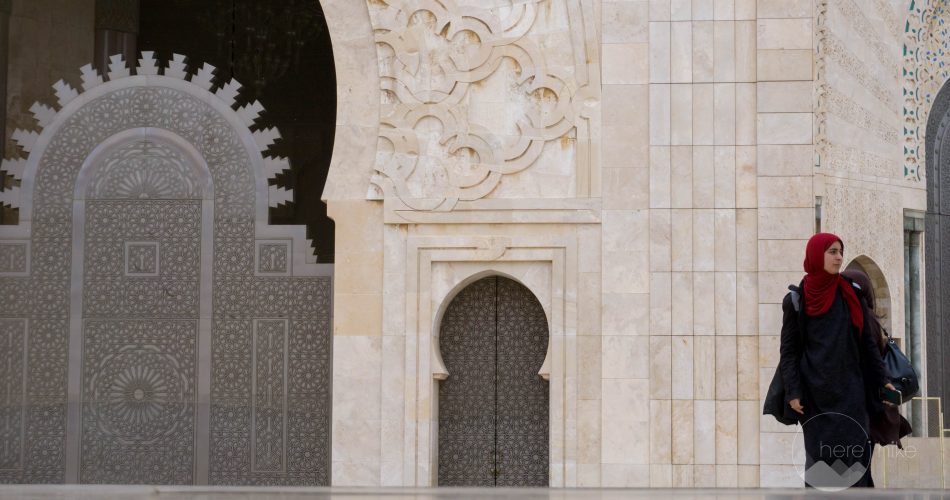
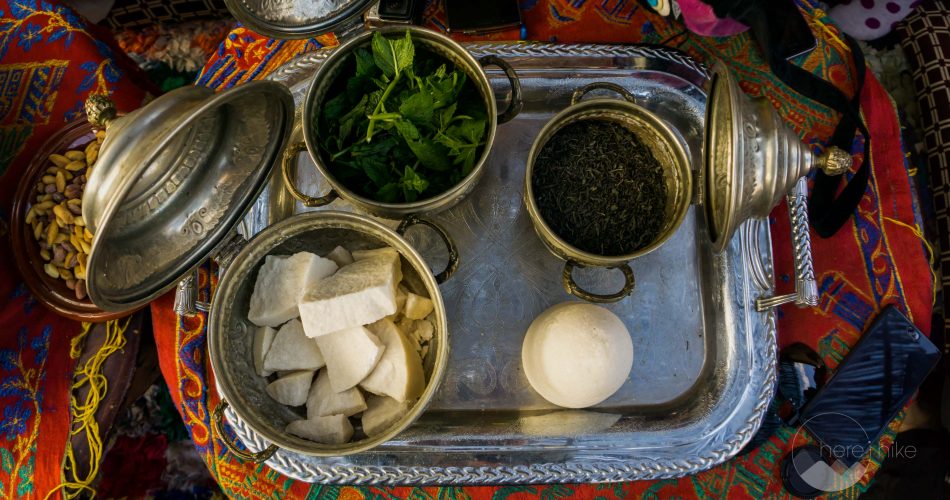
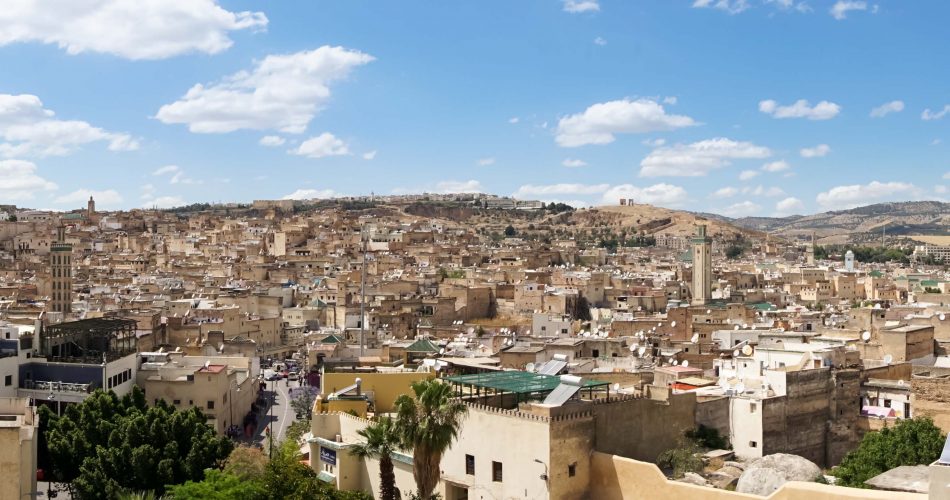
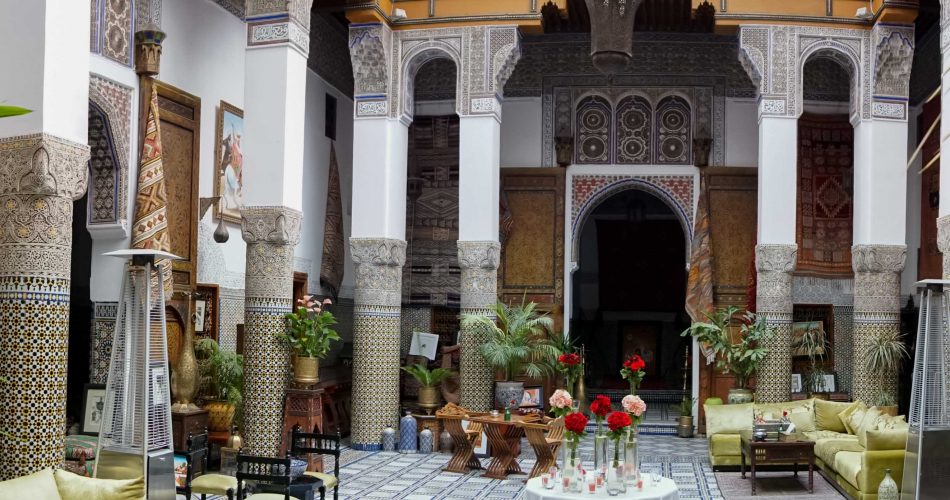
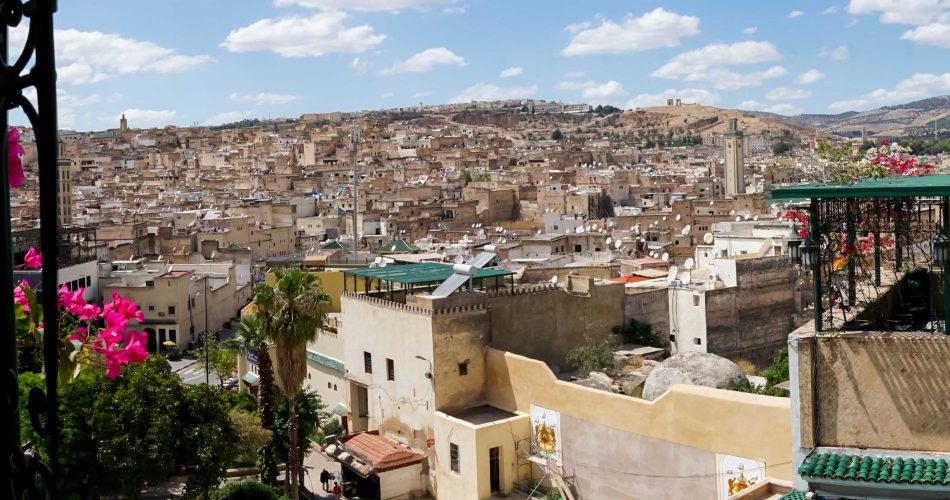

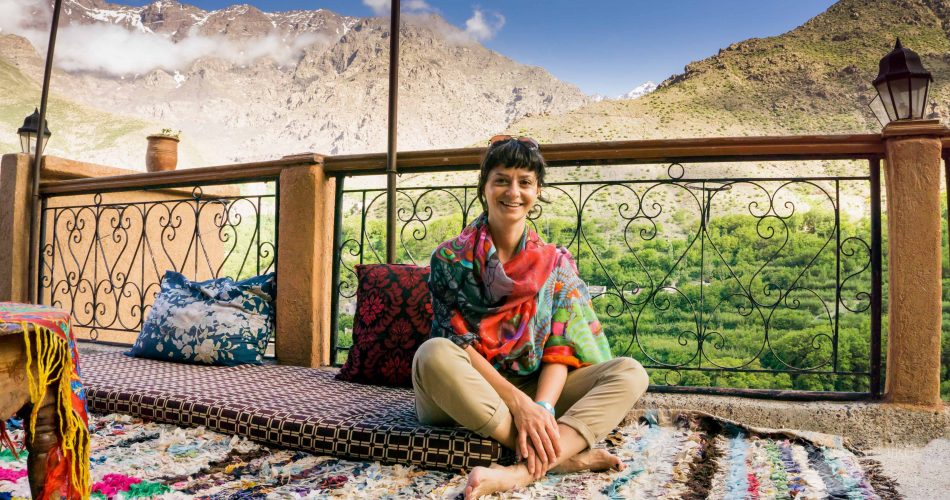
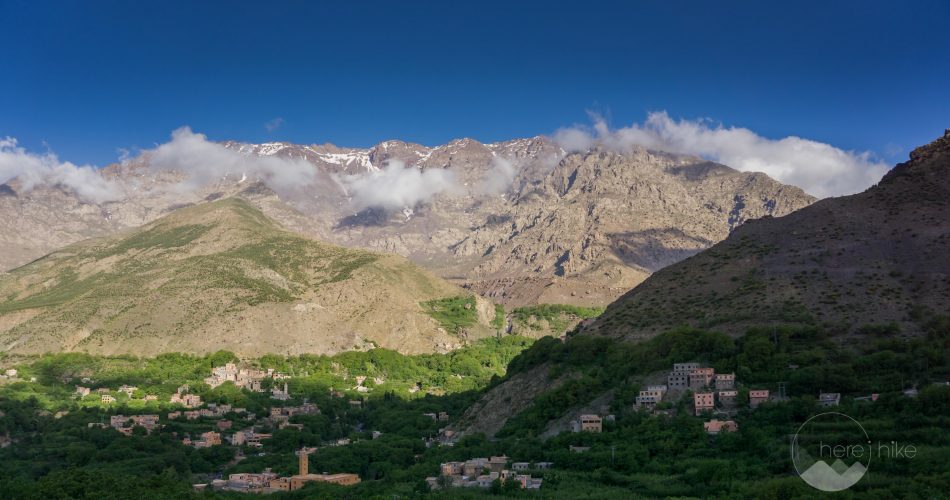
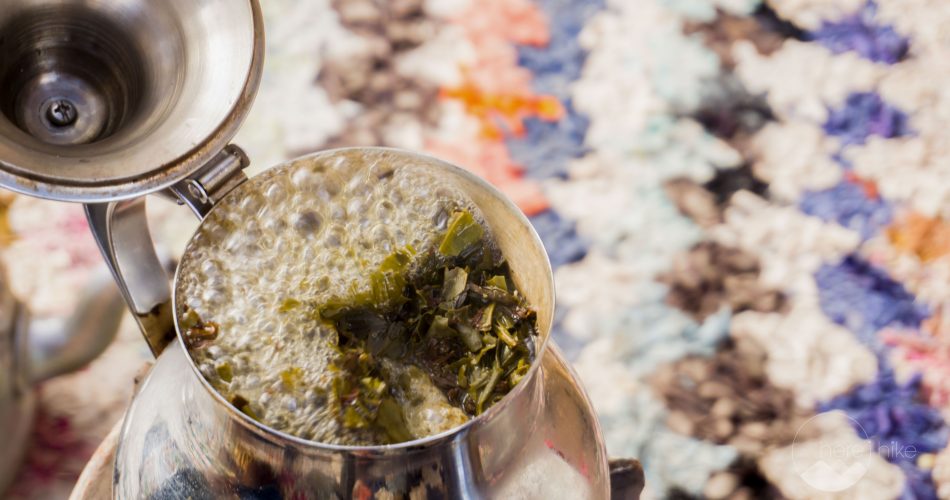



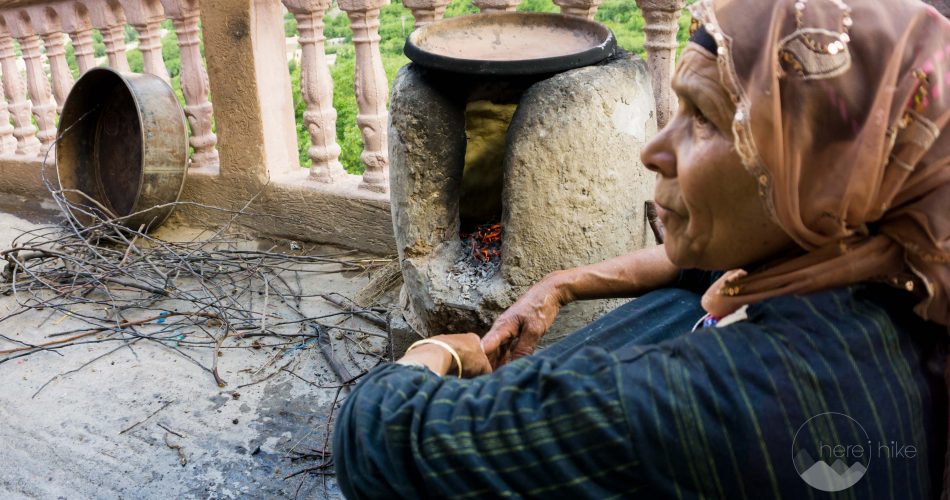
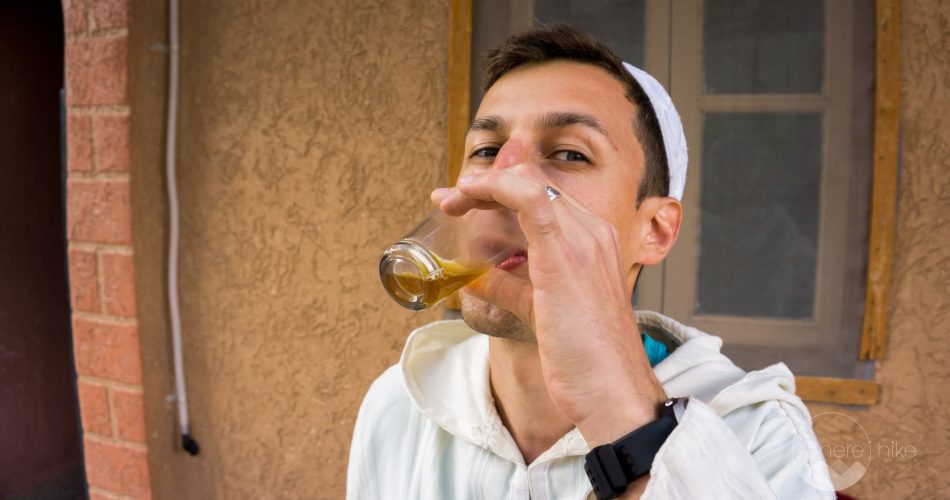

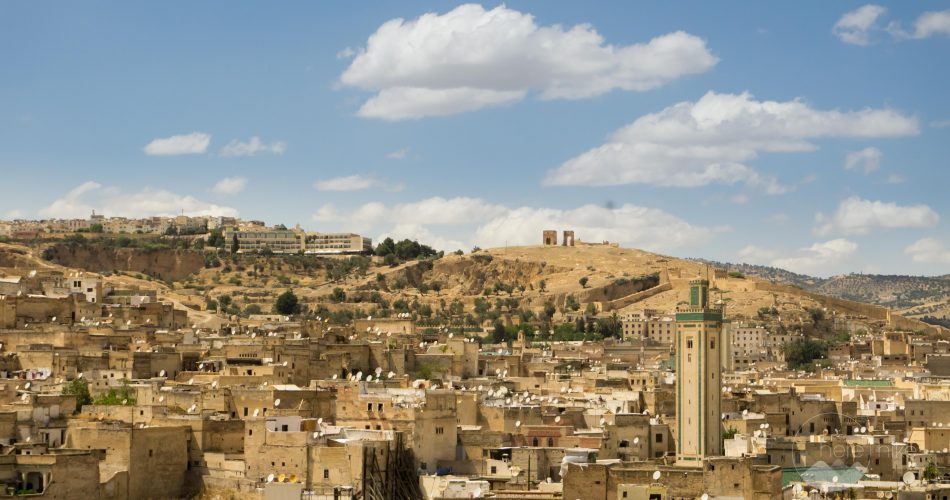
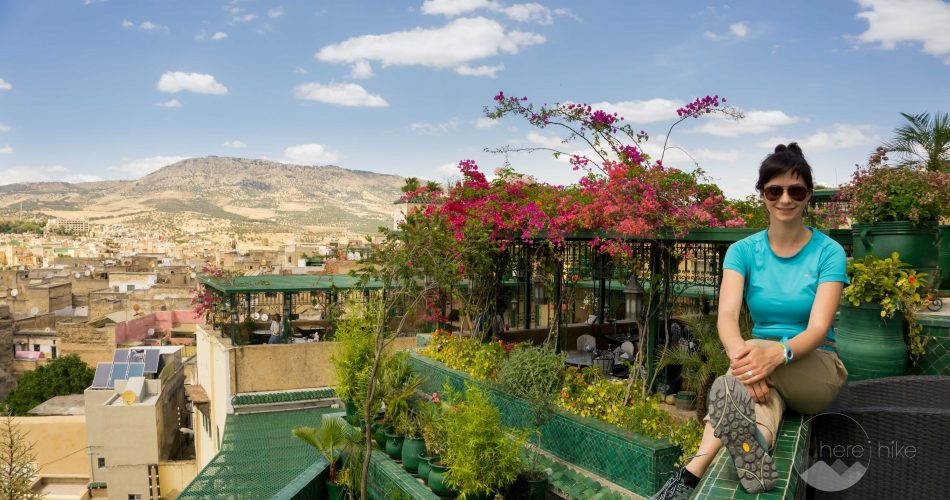

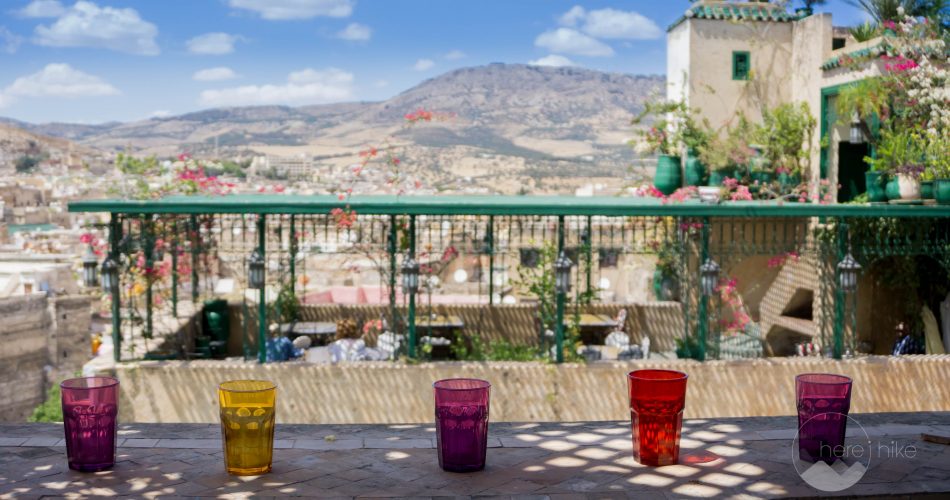
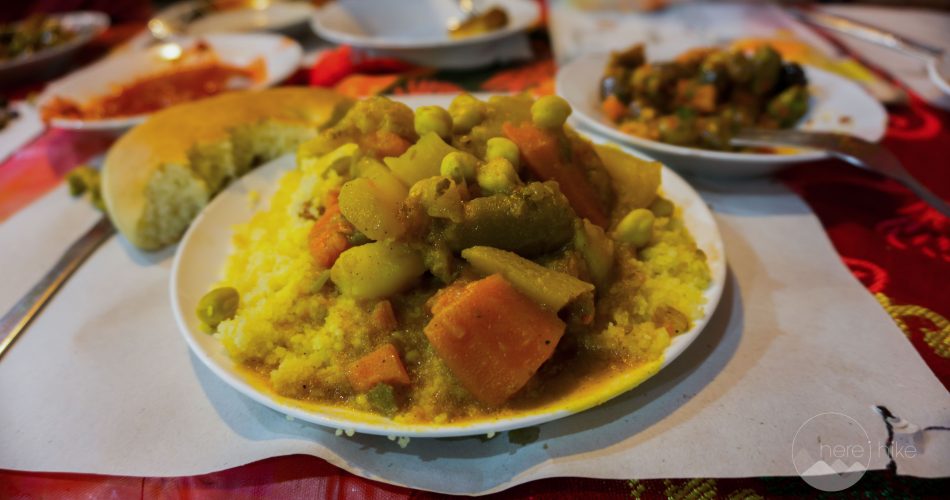
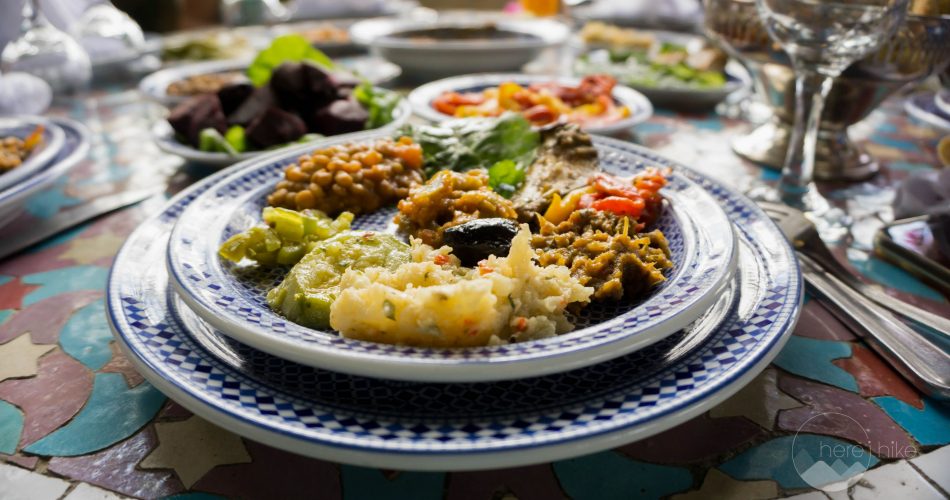
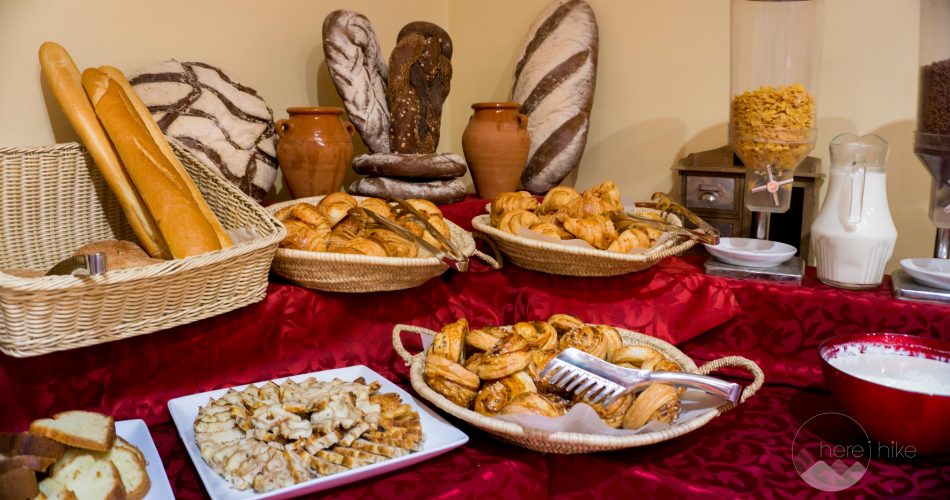
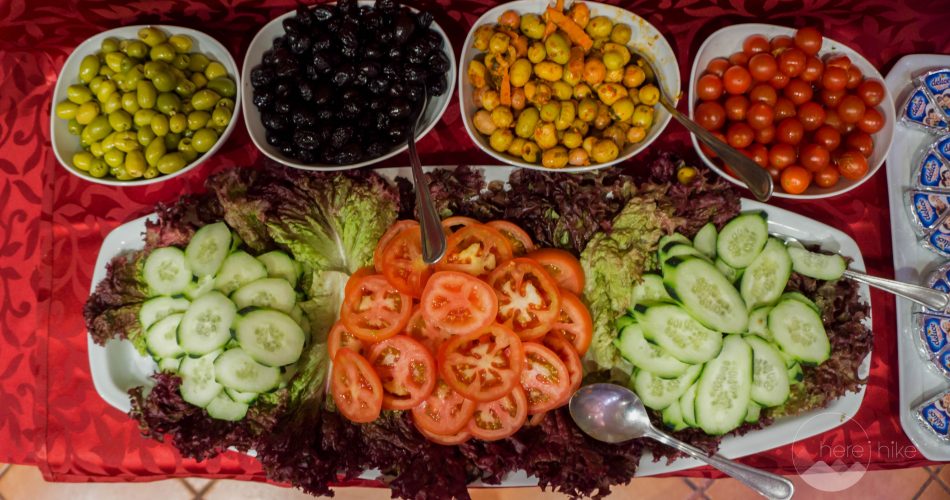
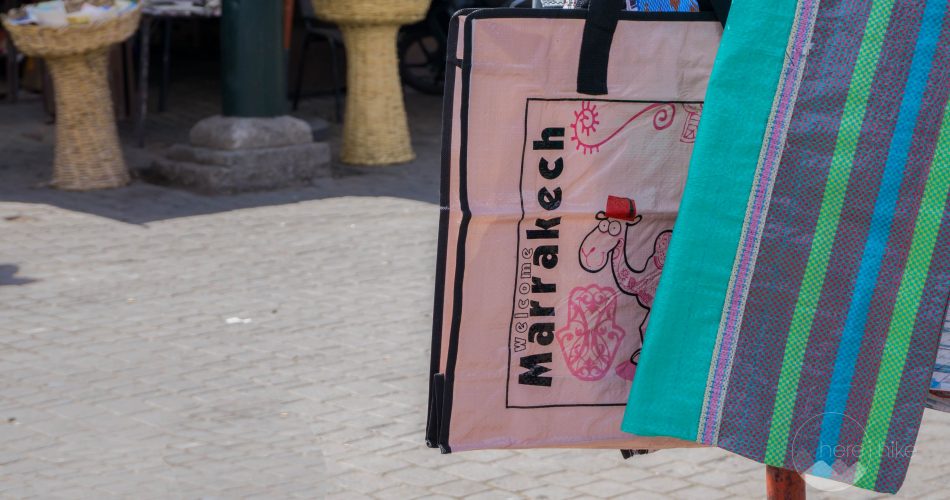
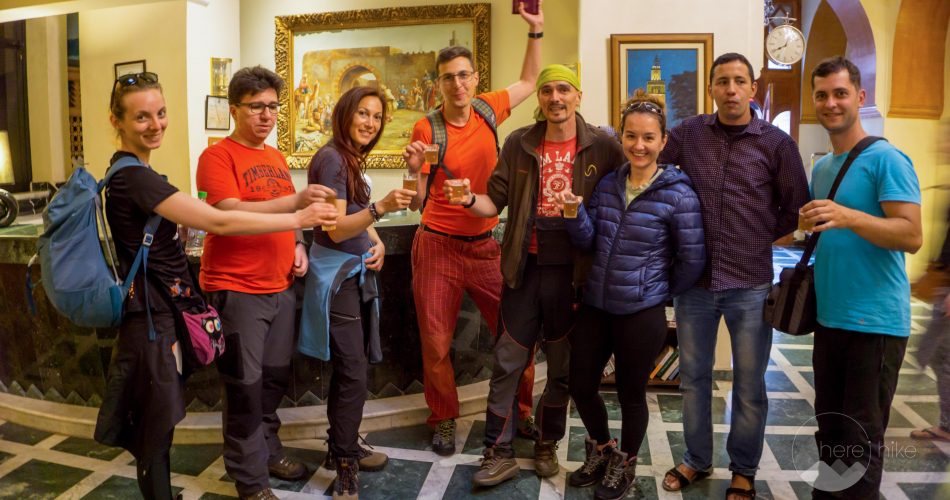
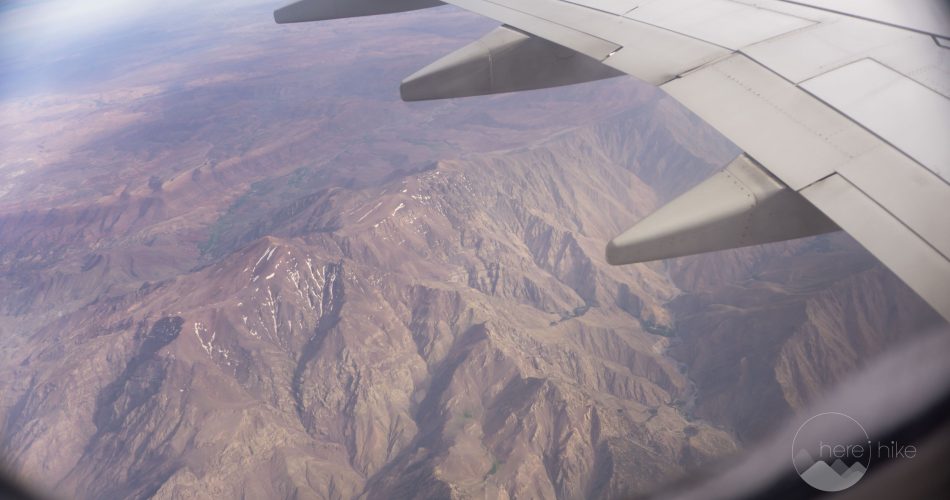
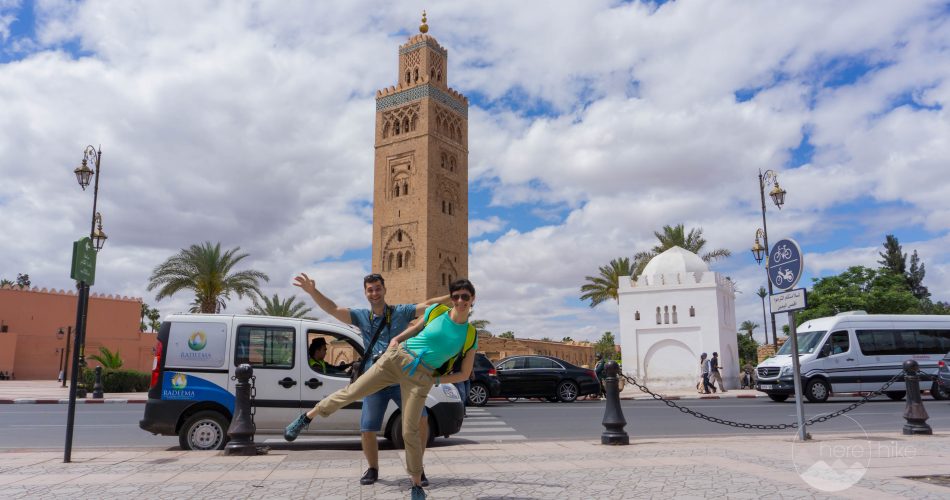
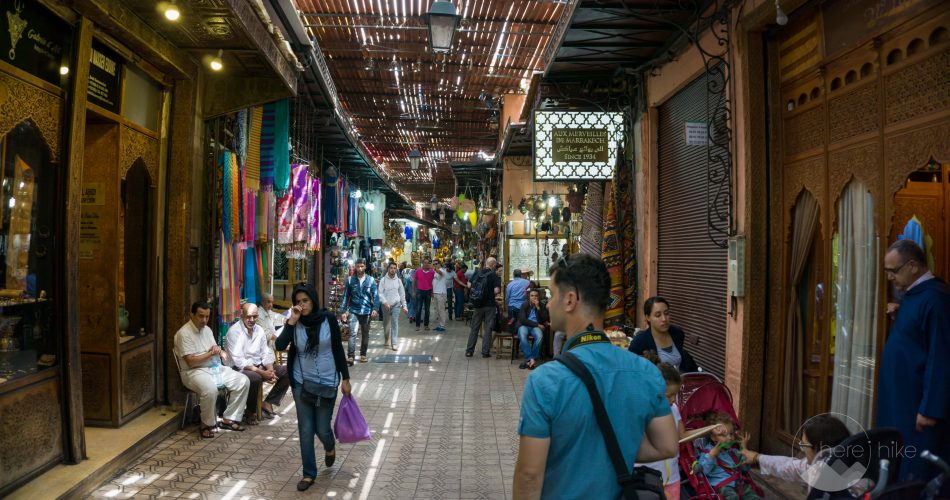
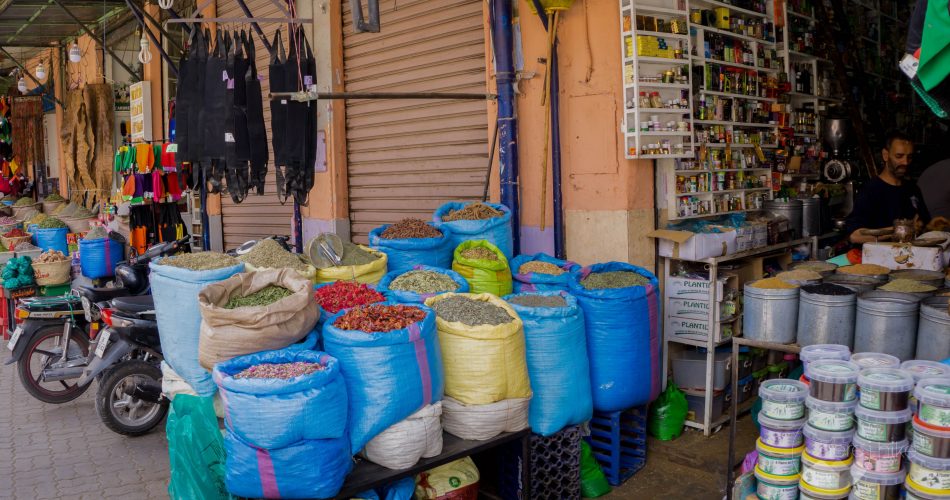
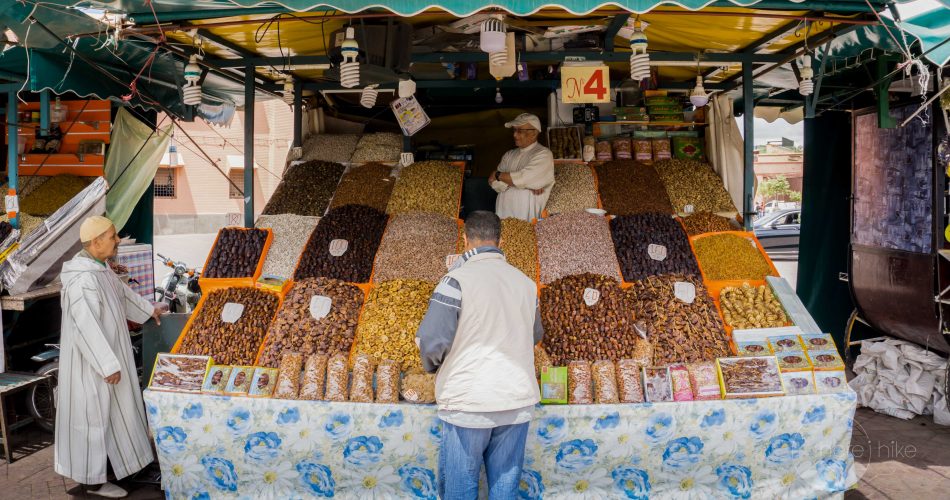
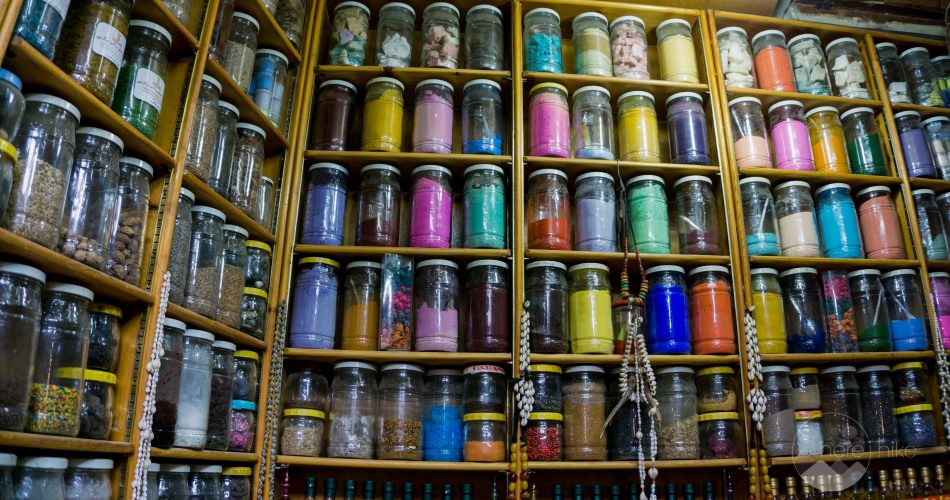
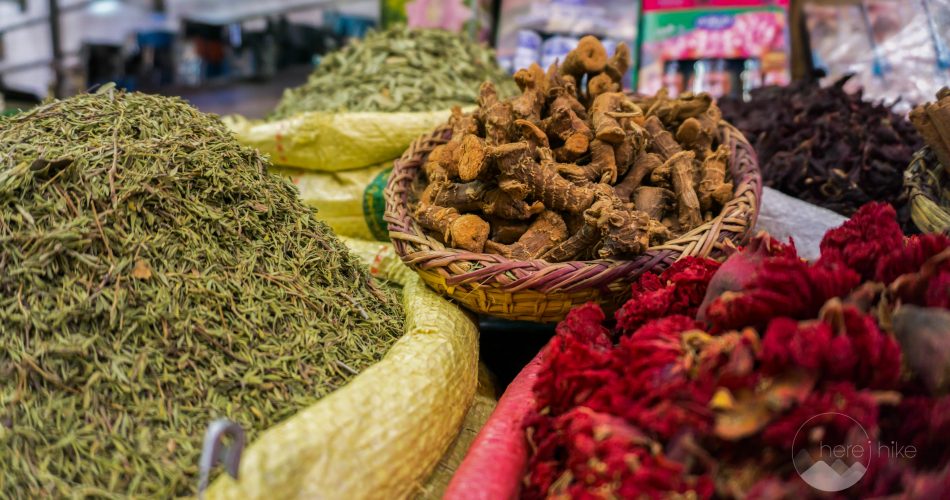
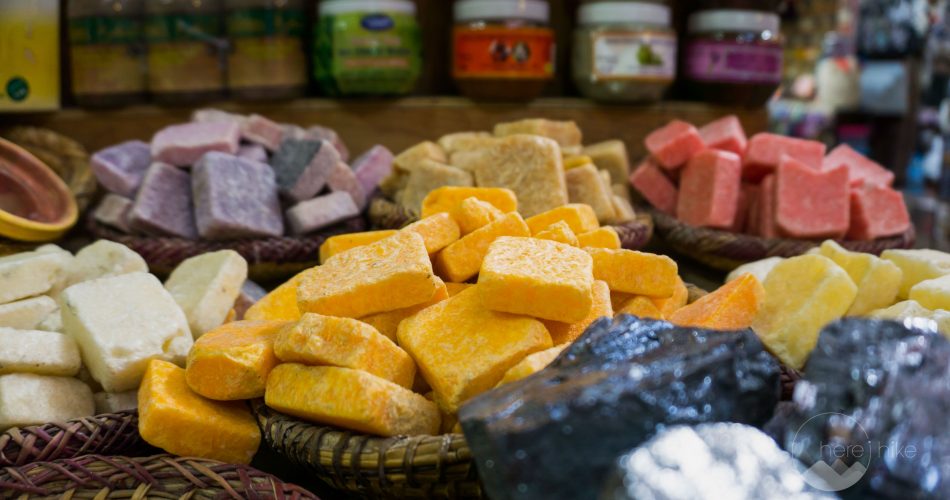
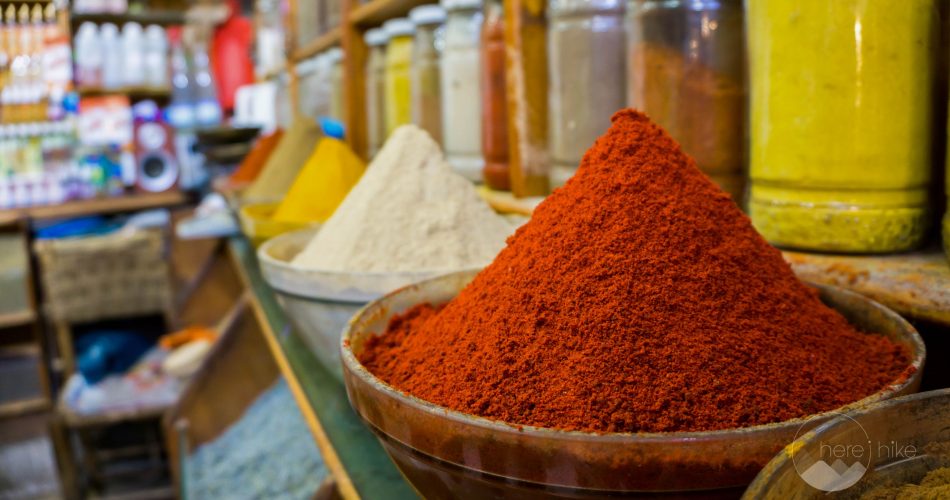

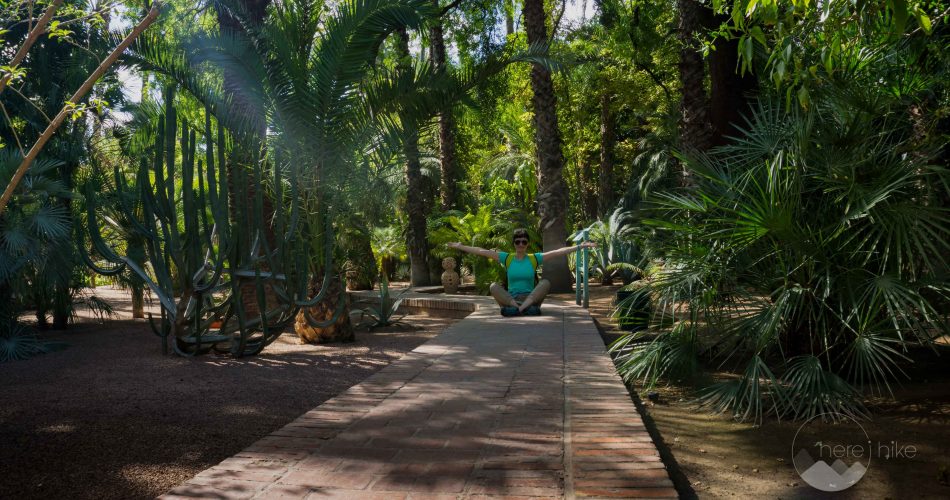

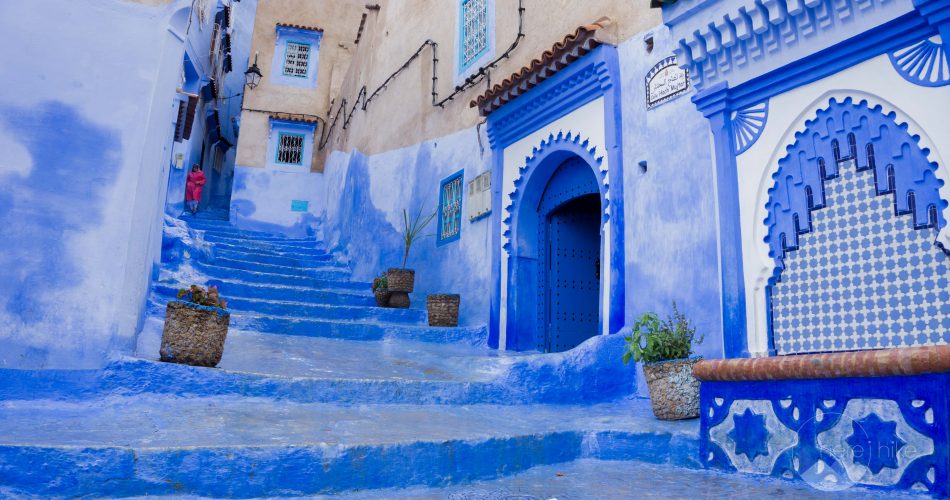
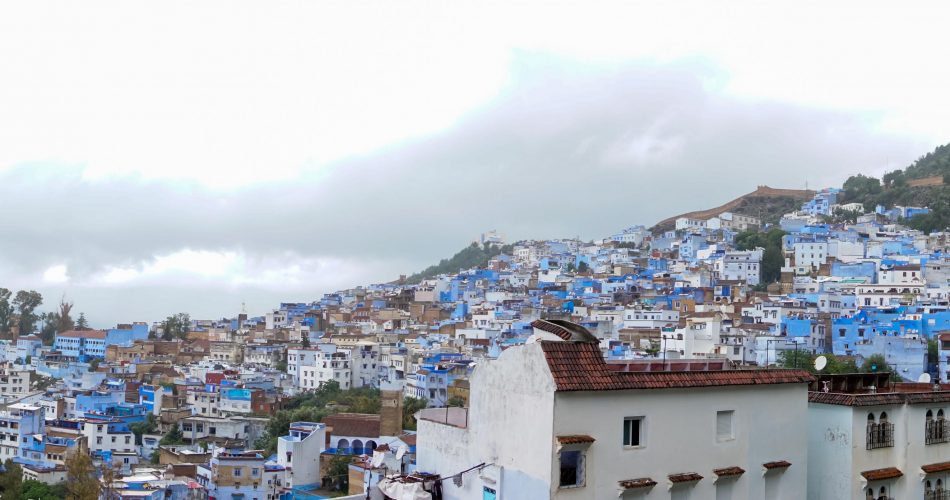
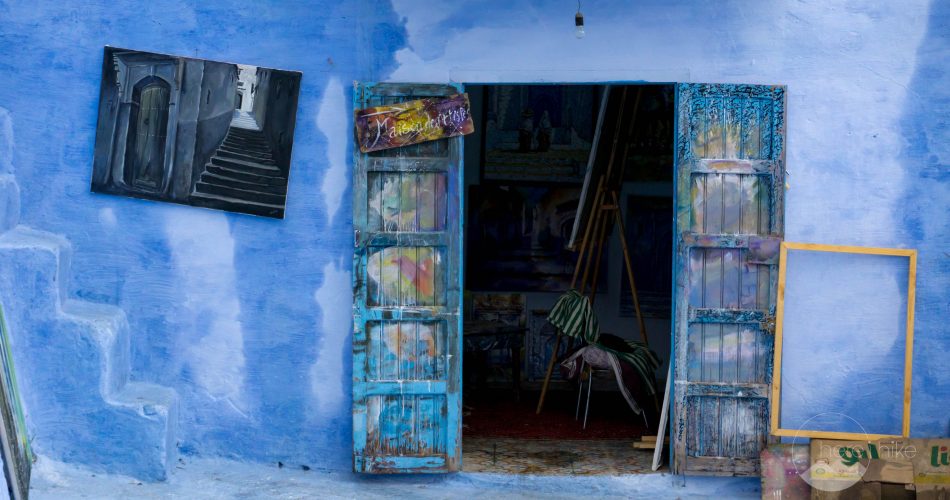


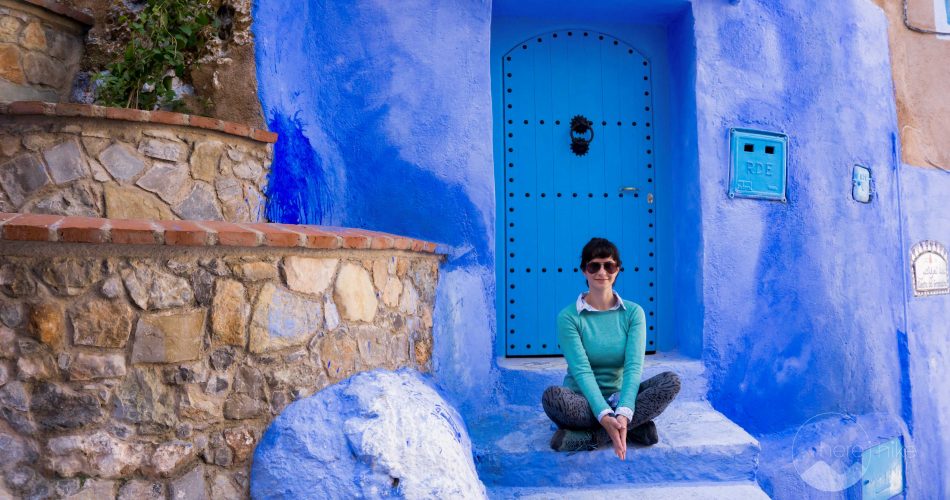

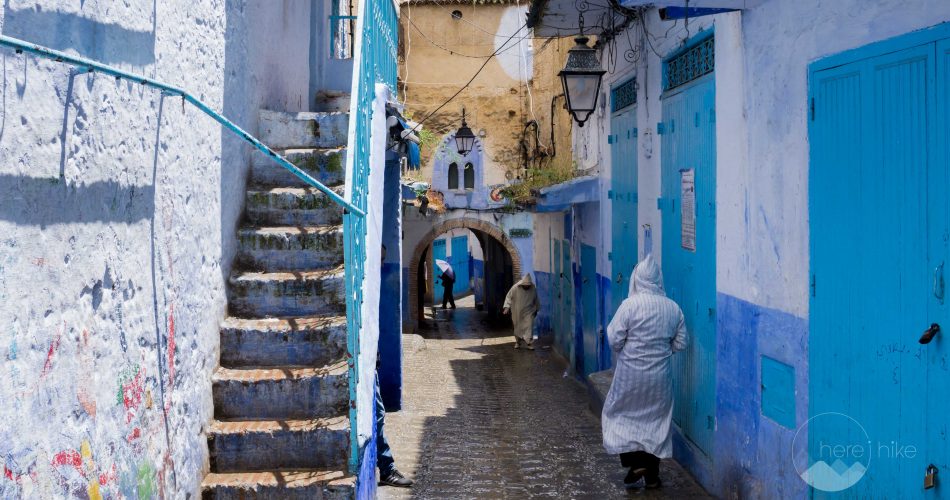
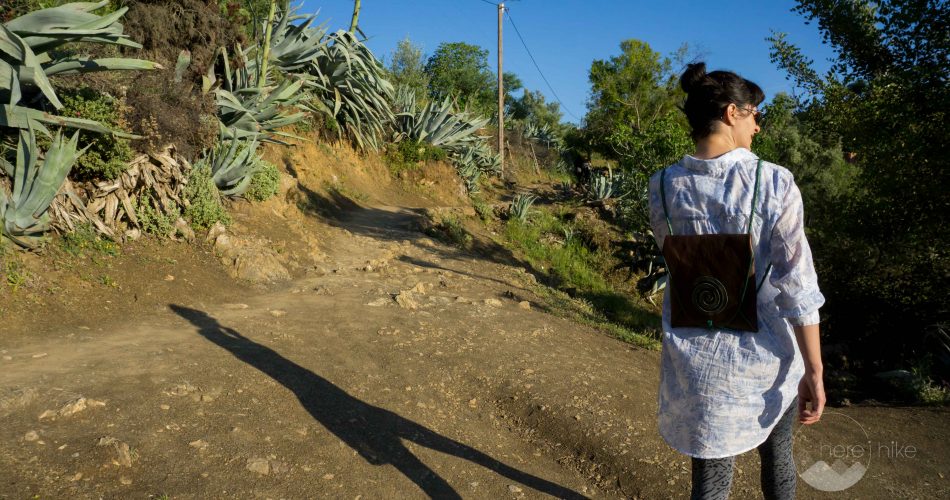
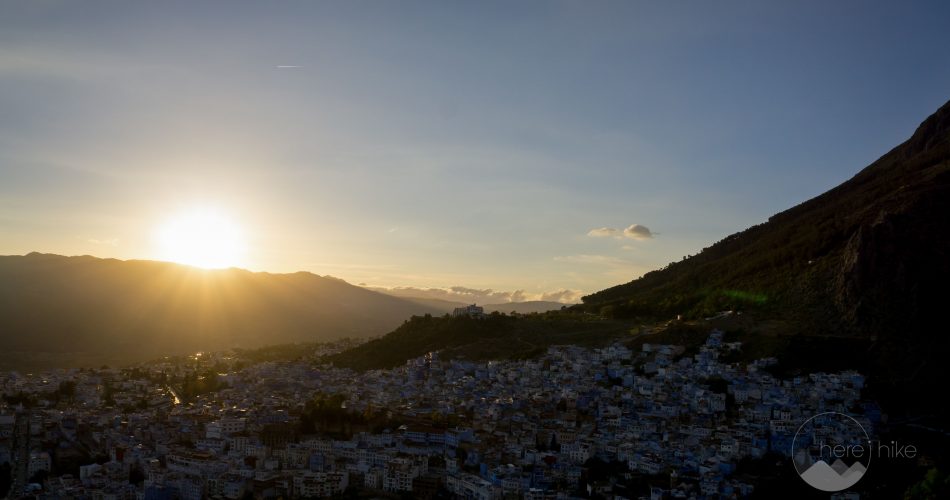
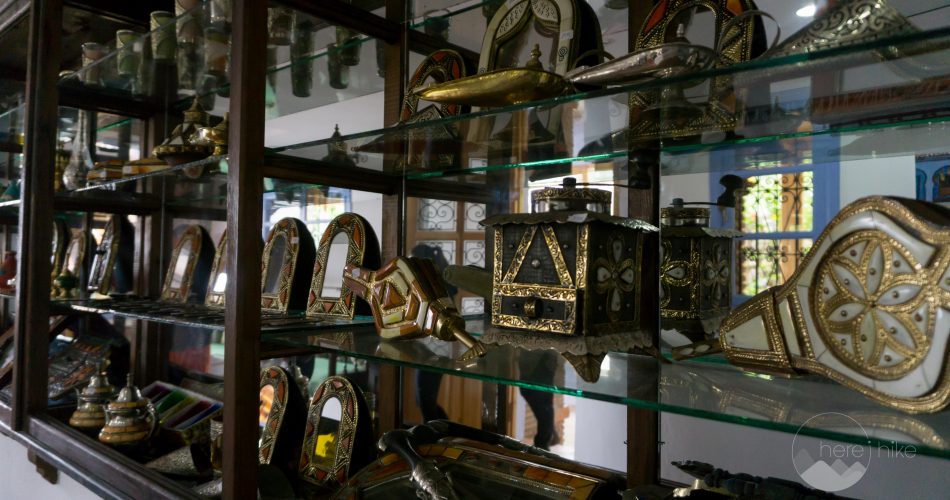

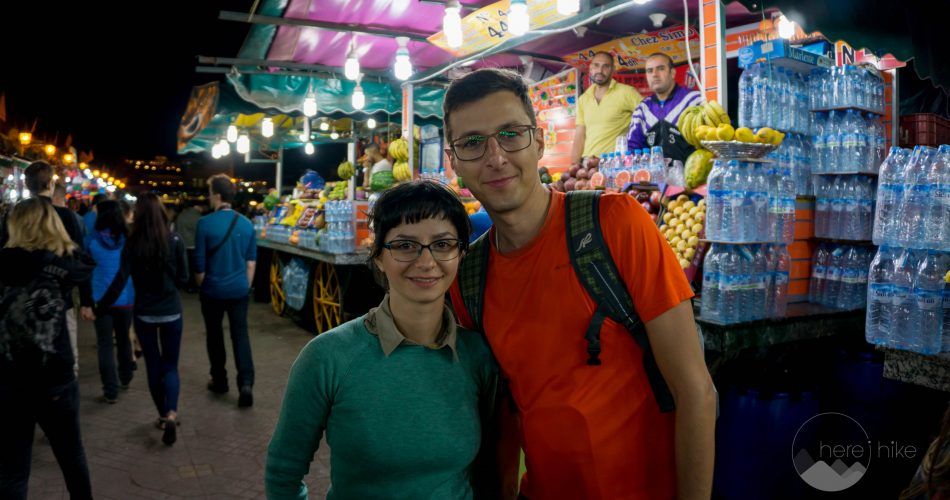

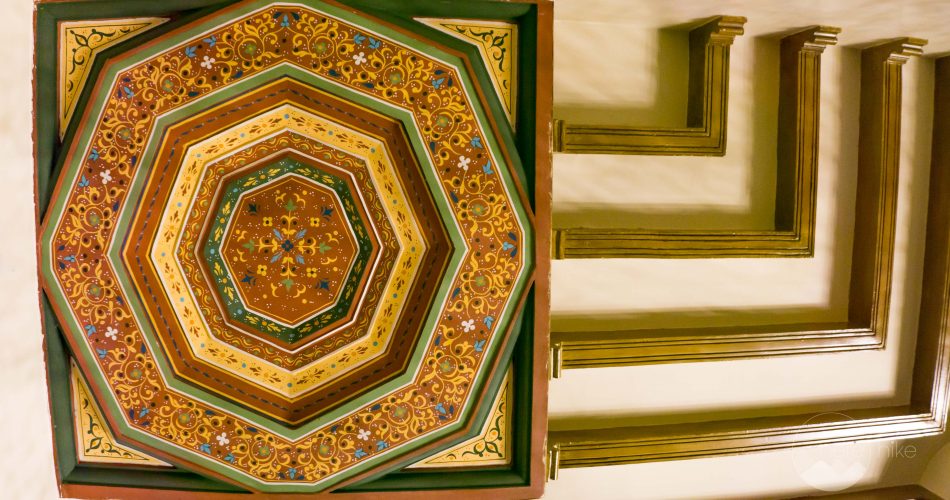
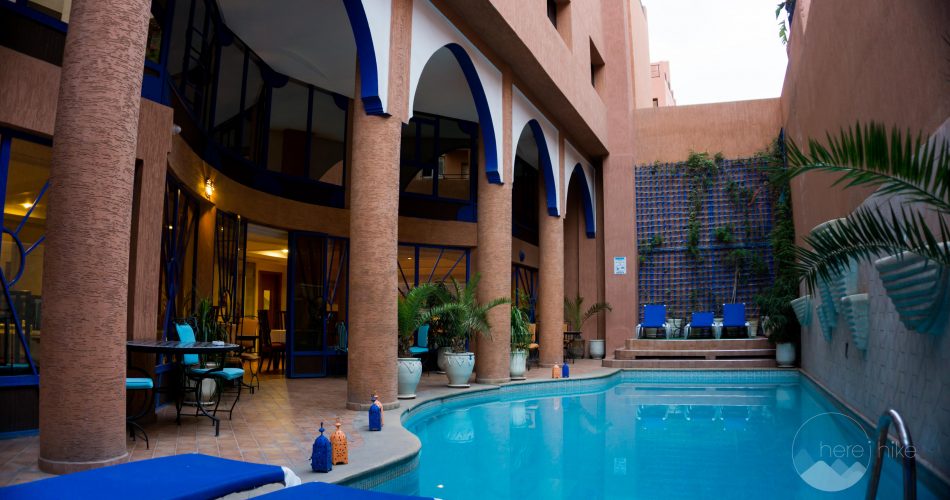
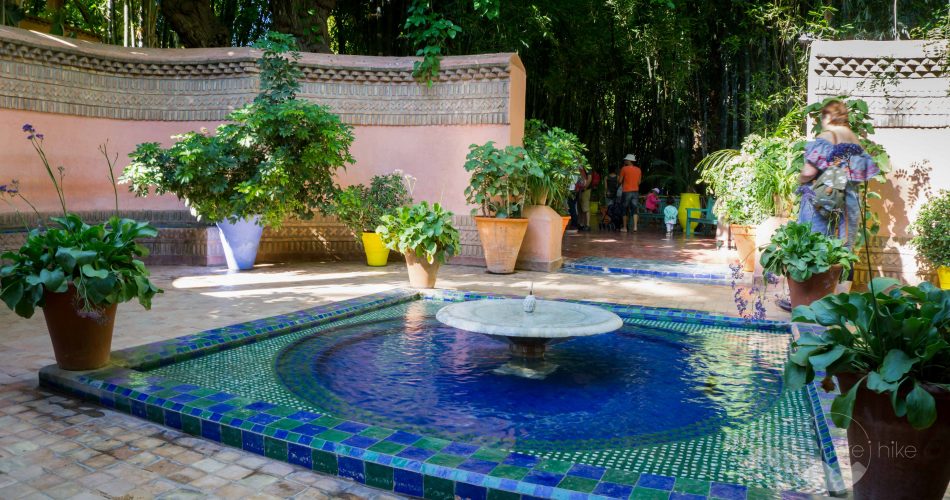

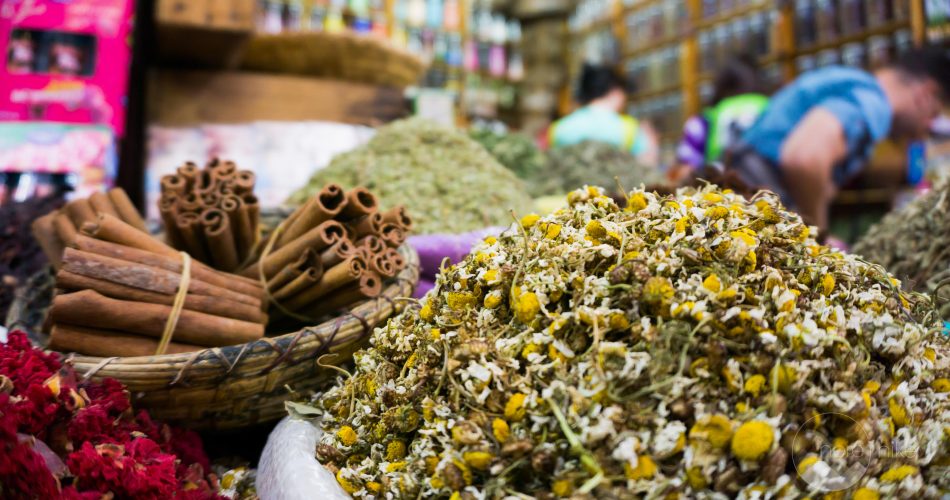
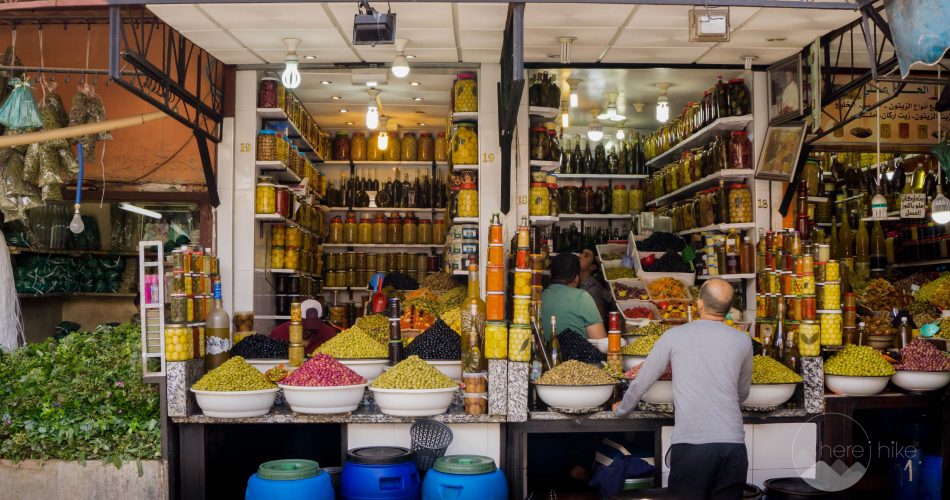

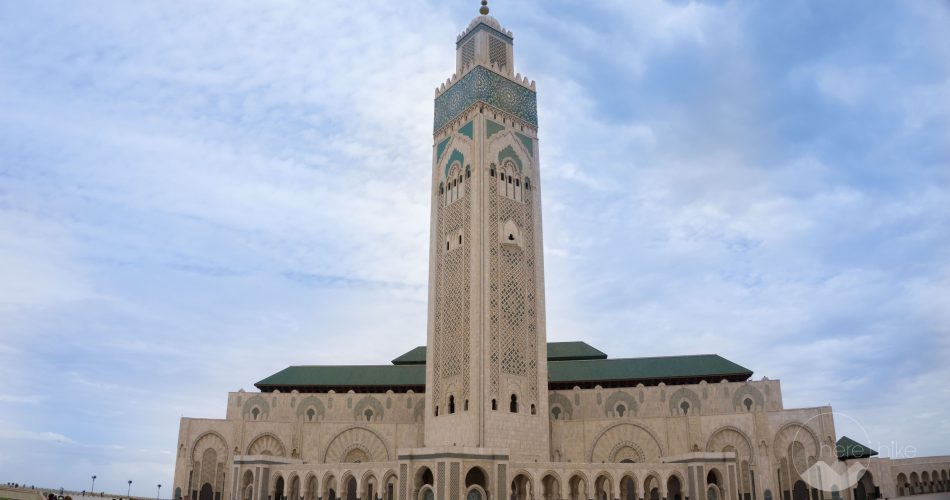
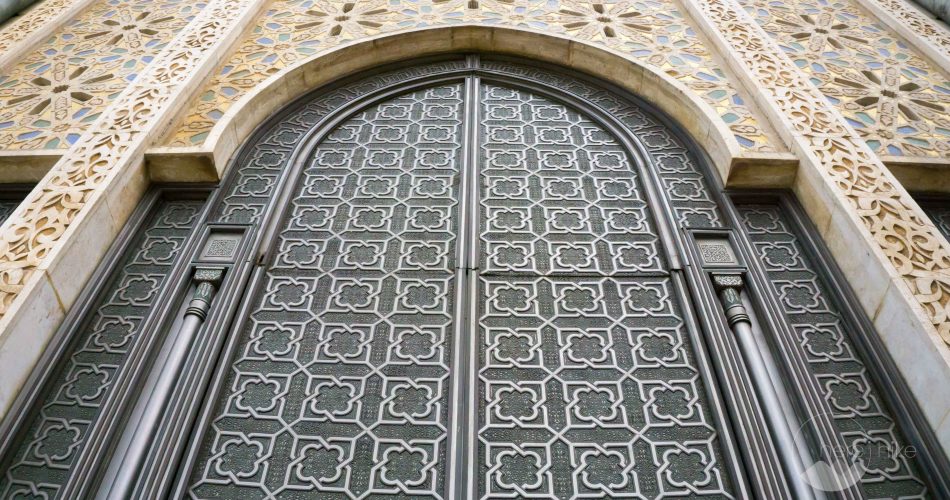
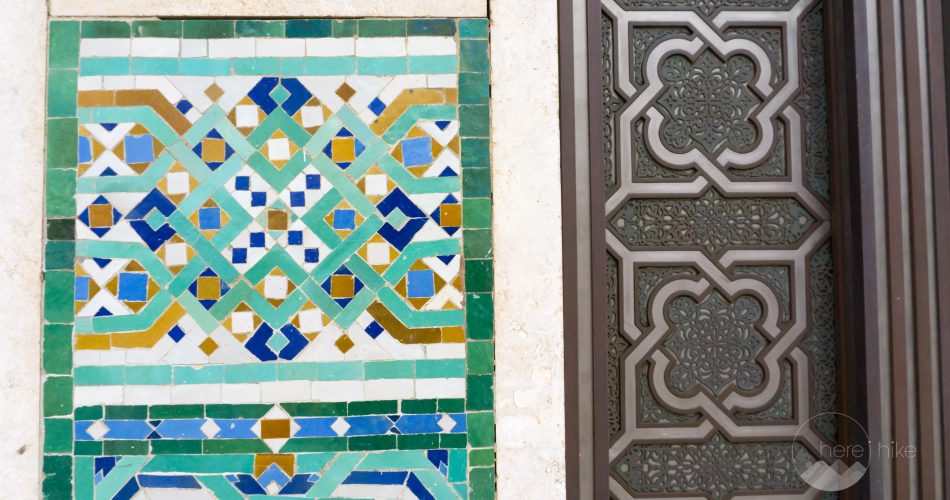

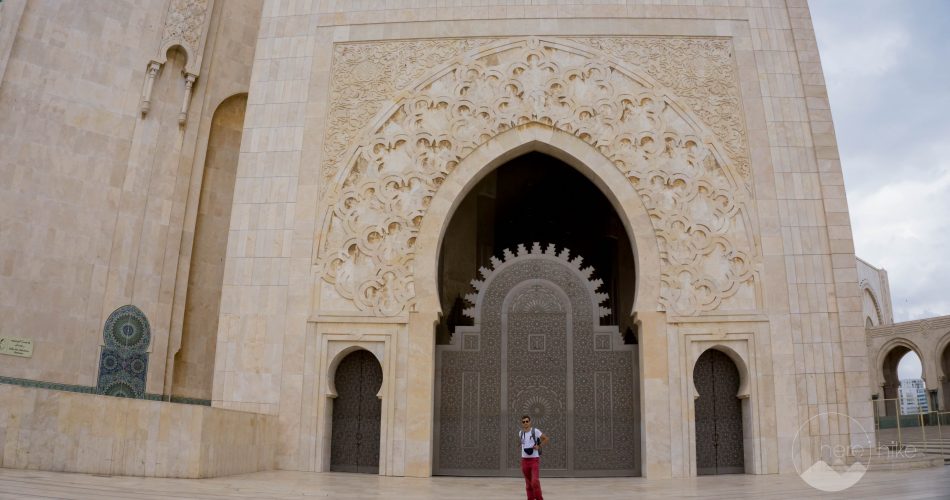


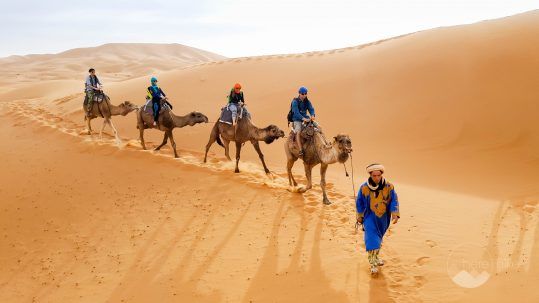

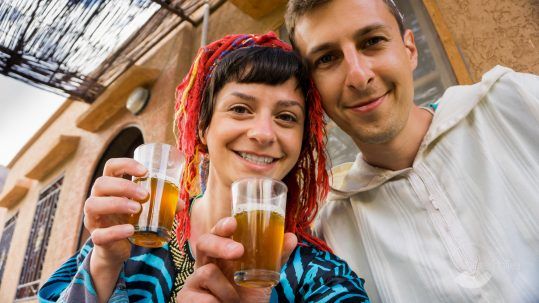

No Comments